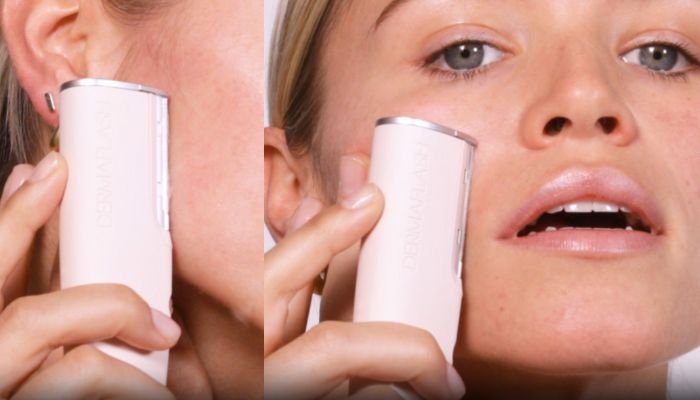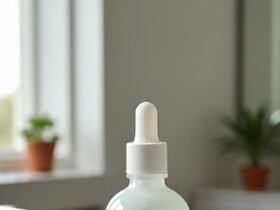If you’re chasing glassy, fuzz-free skin from the comfort of your own home, there’s a reason everyone’s turning to Dermaflash. This at-home dermaplaning tool promises professional-level exfoliation, helping remove dead skin, peach fuzz, and dullness in minutes. But if you want real results without irritation or redness, it’s all about using it correctly.
Whether you’re a first-timer or have sensitive skin, this beginner-friendly guide will walk you through the right way to use Dermaflash so you can reveal your smoothest, most radiant skin yet.
Prep Your Skin Like a Pro Before Using Dermaflash
Starting with clean, dry skin is key. Use a gentle, oil-free cleanser to remove any makeup, sunscreen, or product residue. Your skin needs to be completely dry and free from oils for the Dermaflash blade to glide properly. Avoid using heavy creams or serums beforehand they can cause tugging and reduce the tool’s effectiveness.
If your Dermaflash came with a prep cleanser, that’s your best option. Otherwise, stick to a sulfate-free foaming cleanser that won’t leave a film behind.
Choose the Right Time to Flash Your Face
For best results, use Dermaflash at night. This gives your skin time to calm down overnight, especially if it’s your first time. Wait at least 24 hours after sun exposure, exfoliating acids, or retinol. Dermaplaning on compromised or inflamed skin can lead to irritation or small nicks.
Most users find that once a week is the sweet spot. Any more than that can overstimulate the skin or damage the barrier.
Hold the Tool at the Right Angle
Turn on your Dermaflash and hold it at a 45-degree angle against your skin. Using your other hand, gently stretch the skin taut. Start at the top of your cheek and work in short, feather-light strokes downward, always following the direction of hair growth.
Avoid pressing too hard, the blade is designed to do the work for you. Move slowly and mindfully around curves like the jawline and forehead.
Avoid These Sensitive Areas
Stay away from your eyelids, lips, and nostrils. These areas are too delicate and not meant for dermaplaning. Be especially gentle around active breakouts, sunburn, or any open wounds. If you have rosacea or eczema, consult a dermatologist first before using the device.
Post-Dermaplaning Care Is Everything
After you’ve finished, rinse your skin with cool water or gently wipe with a damp cloth. Avoid alcohol-based toners or harsh exfoliants for at least 24–48 hours. Your skin is in its most absorbent state, so this is the perfect time to apply a hydrating serum or barrier-repair moisturizer.
Don’t skip SPF the next morning; newly exfoliated skin is more vulnerable to UV damage. Go for a broad-spectrum sunscreen with SPF 30 or higher.
Tips for Sensitive Skin and First-Time Users
If you have reactive or sensitive skin, try testing the Dermaflash on a small area like the side of your jaw before committing to your full face. Use fewer passes per section and skip fragrance-heavy products afterward.
Also, avoid layering too many active ingredients (like AHAs or retinol) within 48 hours of dermaplaning. Simpler is better, focus on calming, soothing, and hydrating ingredients like hyaluronic acid, squalane, or aloe.
When used the right way, Dermaflash can dramatically improve how your skin looks and feels. It removes not just peach fuzz, but also layers of buildup that prevent your skincare from sinking in. The result? Smoother texture, brighter tone, and a flawless base for makeup all in just a few gentle strokes.
Glowing skin isn’t about going harder, it’s about being smarter. And now you know exactly how to do it right.














Leave a Reply
View Comments